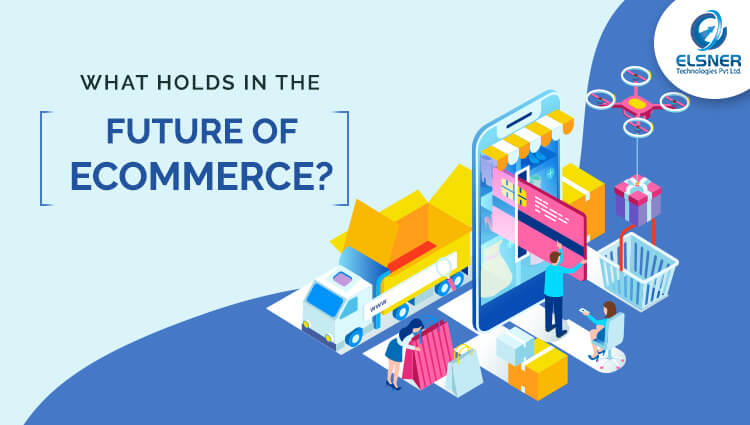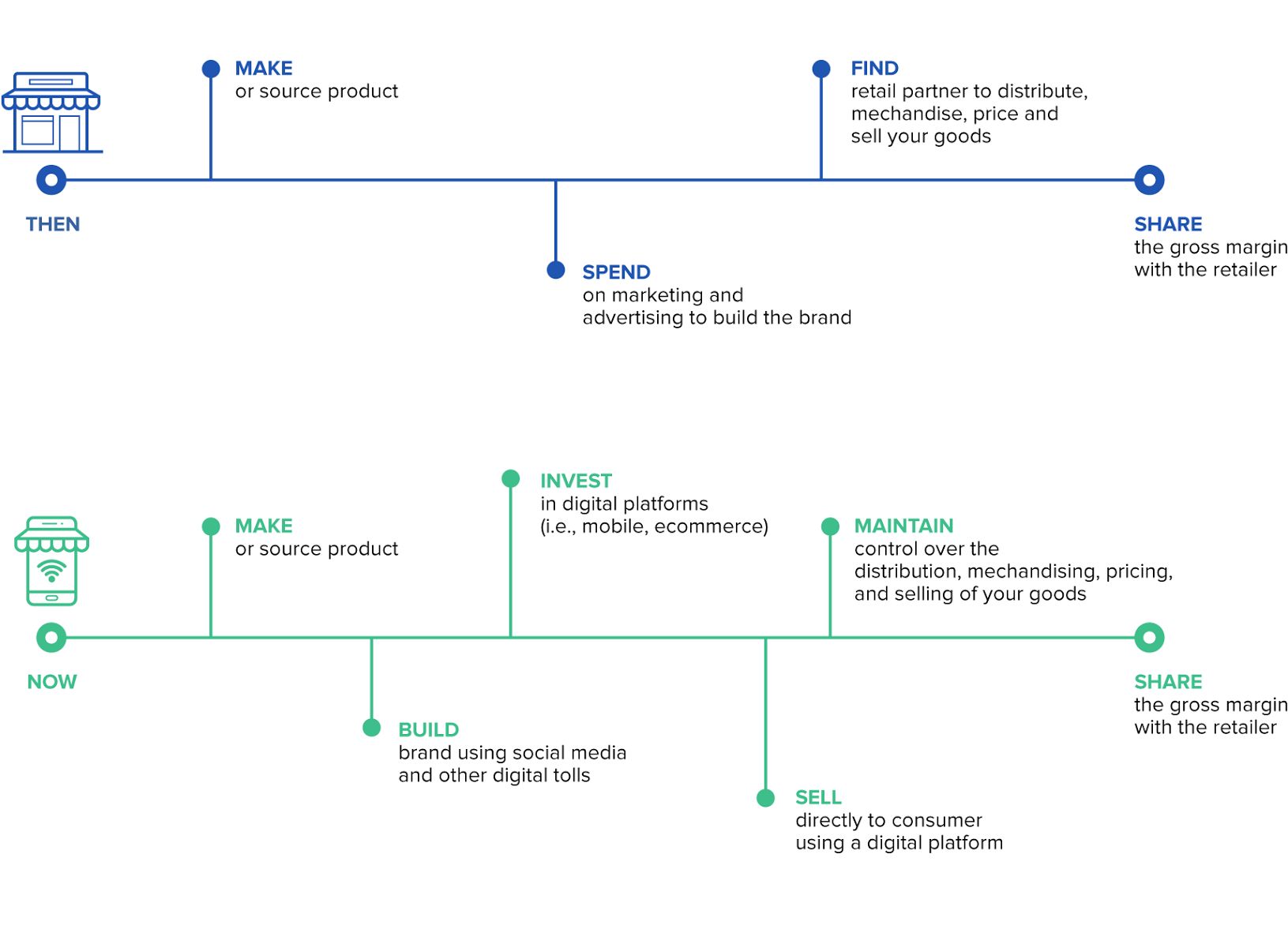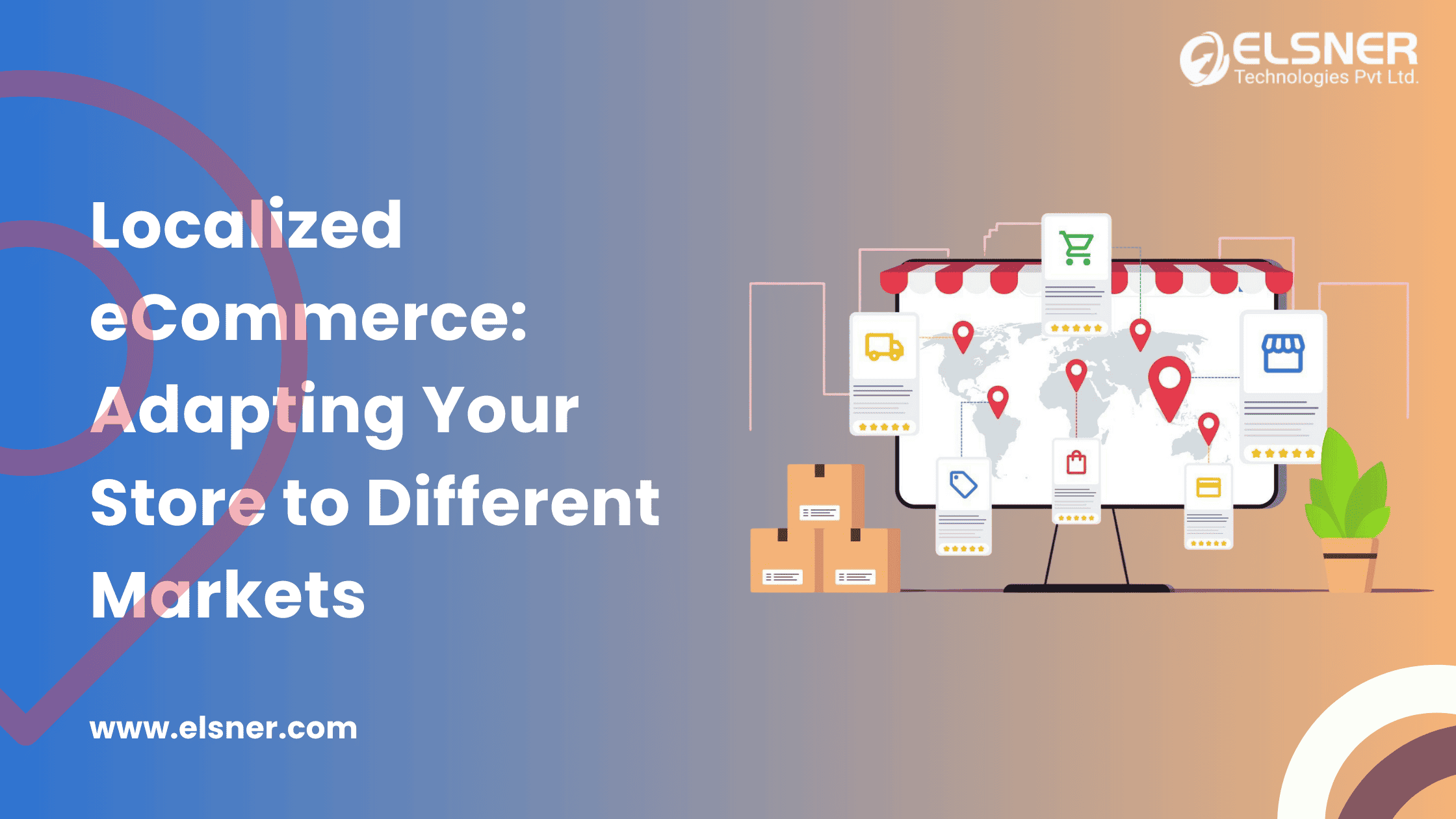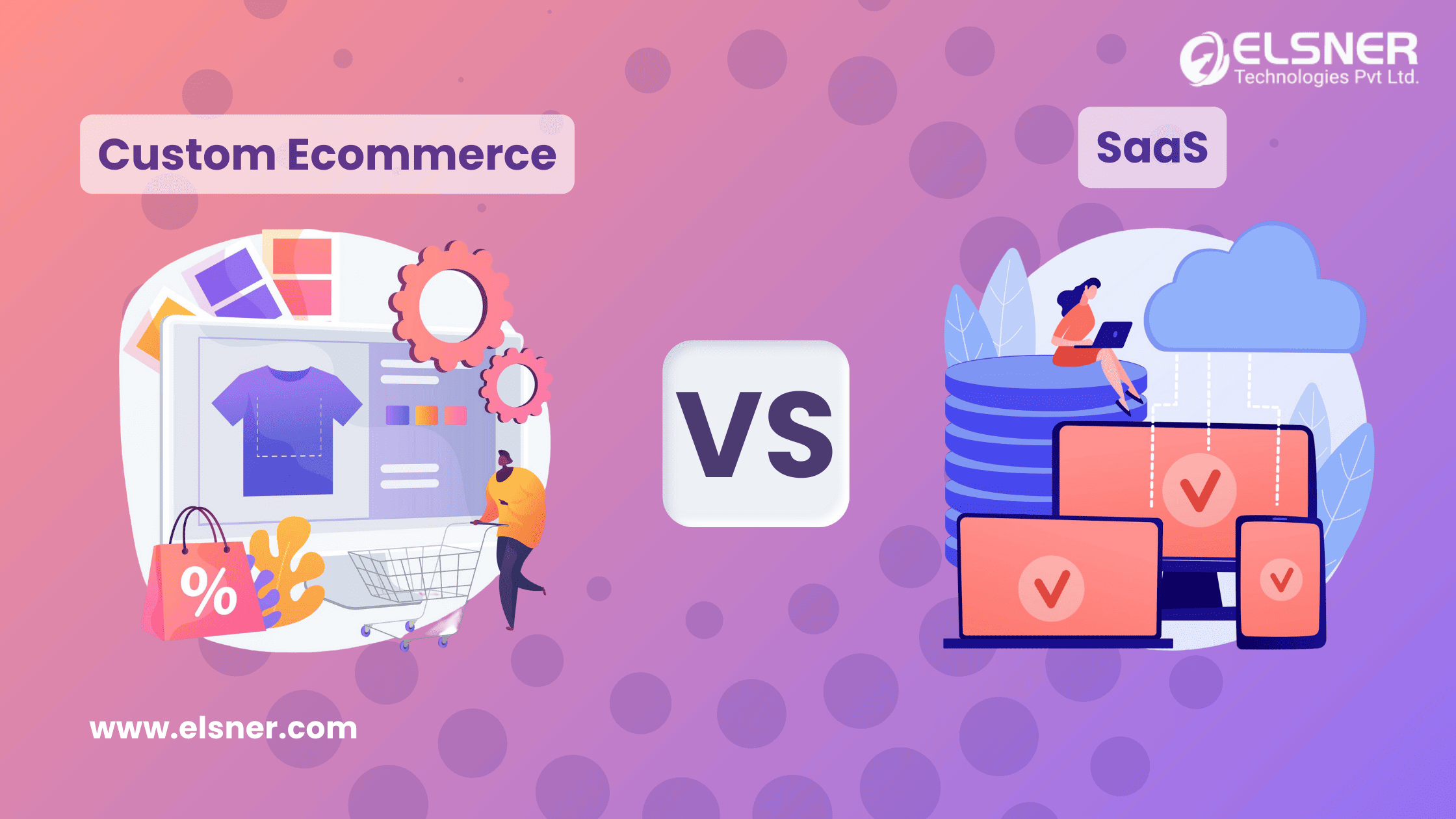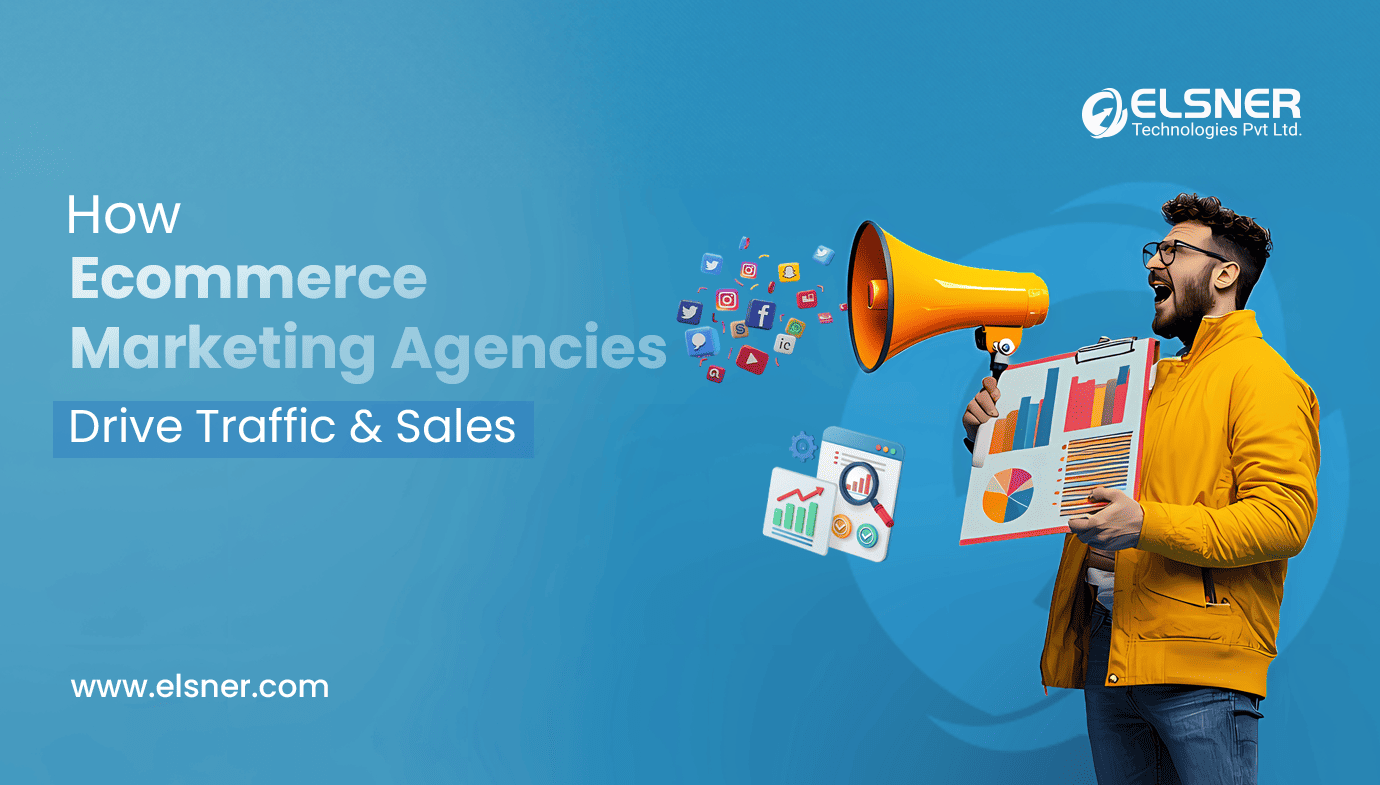It is strange to see lots of different things changing in our day-to-day life. Hell! Even the way we purchase products has undergone a drastic change. All thanks to modern technology. Today we are seeing lots of online eCommerce stores around our vicinity which was not prevalent earlier.
With time, the expectations of people have also changed when it comes to getting products from eCommerce stores. eCommerce experience has been changing every day, every month, and every year since its inception. People have started touting it as a “Jetsons-esque” online phenomenon that will change the traditional ways of shopping.
Nowadays even physical stores are establishing their online presence to bolster their falling sales.
With the immense growth of eCommerce, the ultimate power goes in the hands of customers. Ultimately they are the king who is able to dictate their terms in this hard-pressed market. Today, it is possible for them to choose from a pool of options to shop from and if you don’t fall in the top list, you probably go out of the race.
There is a rat race going on and the only way to win this race is by constantly upgrading yourself to the new technology and change your mechanism.
It is now imperative to look down the road and think “Where eCommerce will be in the next 10 years?”
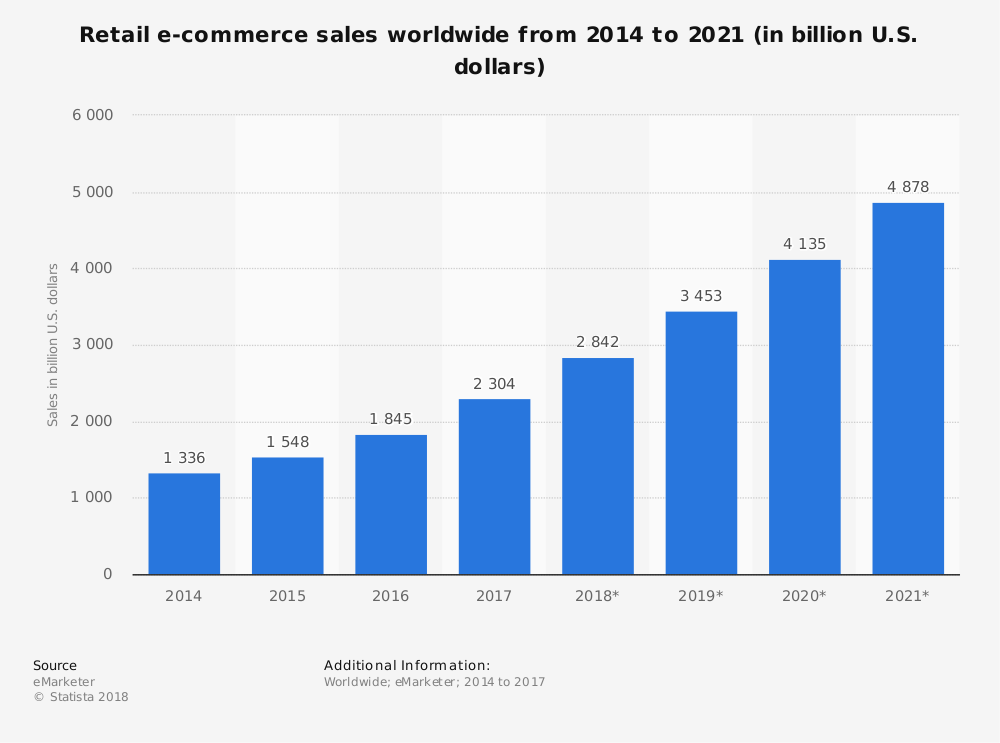
The war between physical and digital is over!
It has been estimated that there are going to be massive changes in the eCommerce Development world. Amazon will become one of the most trusted sources for any commodity. This will make other brick and mortar stores to keep juggling their online presence.
This does not mean that the physical retail stores are going to vanish anytime soon. But, it is about a time when we will see lots of people going the online way. A sense of parity will prevail in the end when it comes to navigating between the offline and the online world interplay.
A Twist in the Tail: Brick and mortar still dominate online sales by 20%.
It is still pretty unsure to determine whether the future is in the hands of legacy giants or eCommerce players. But, one thing is sure it will definitely belong to one adopting Direct To Customer (DTC) models.
Adding Human Elements and enhancing the DTC model
The one thing that is missing from the eCommerce stores is the human element. Despite all the ringing bells and whistles, eCommerce stores are nothing more than the electronic catalogs.
It is about time for eCommerce stores to come with names and suggesting options that are everlasting and building connections with the people. There needs to be a new connection that has to be built with the customers. It should give them the same experience which they get while shopping for products physically.
The ultimate objective of an eCommerce store should be to build “brand equity” and “brand purpose”.
If the heart is at the right place you can even elevate people and product over price and place. This will ensure that you give more importance to customer relationship thereby establishing that your eCommerce store becomes an instant hit amongst the people.
There needs to be a shift in the mechanism when it comes to driving conversion rates.
Remember, you want to enhance your average order value without sacrificing on the brand value. Build an emotional connection with people through unique branding strategies. This can be done by personalizing their experiences.
A prime example of that is by offering your customers with holiday discounts, free coupons to frequent buyers, customizable gifts with the purchase, subscription incentives, countdown timers, and much more.
It is important to provide a seamless experience on site and at the checkouts. This is especially true when it comes to online eCommerce stores.
Normally it has been observed that there are multiple steps provided to the buyers during checkout process. This especially includes certain steps which are not at all essential and unnecessarily increase the time of the buyer. This can create a new impact on their minds.
The best thing to do in such a situation is to have only the essential things during the checkout process which includes: the items purchased and the total amount billed.
You can even suggest items that can work in unison with the products bought by the buyer. This way they can add the product in the cart in an effortless manner and complete the purchase.
In the end, remember, if your checkout process is seamless and uncluttered it will become easier for the buyer to get the required products easily. This will pave way for them to come again to your eCommerce store for future purchases.
And who knows they may even recommend their friends and relatives to visit your online store to get the desired products.
Social Commerce: eCommerce Subset
It is important to build a connection with your clients through popular networks. This way you can establish a great personal relationship which can go a long way in ensuring superlative results for your business.
Social media platforms are embedded in our daily activities. This fact changes the buyer-seller pasture. Stay in touch with clients via popular networks to build a personal relationship.
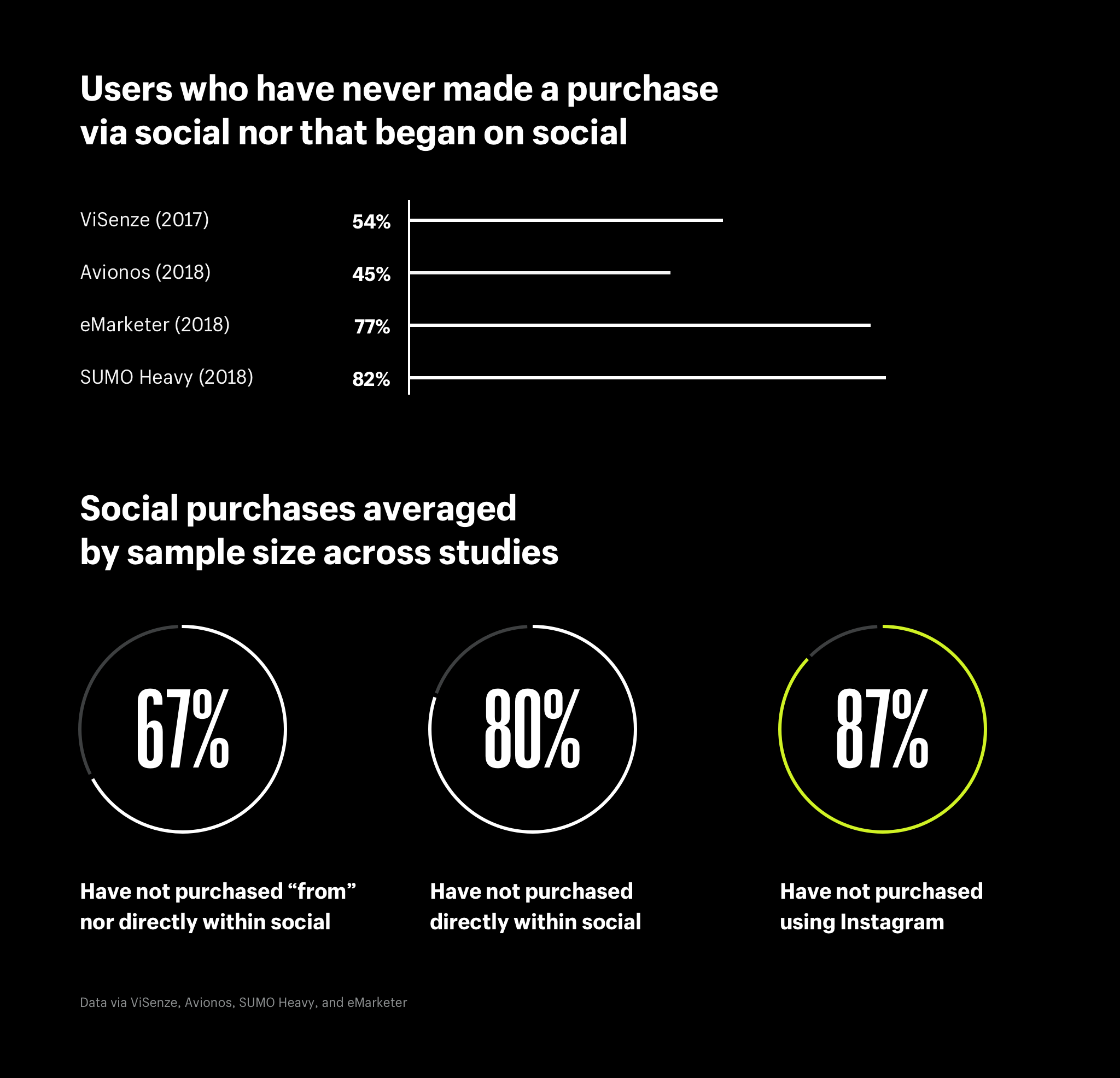
There are certain advanced features that are integrated into social media platforms that aid in shortening the buying cycle. If you can have a one-click-buy option it is more than likely to be bought by many. For example; look at the way Facebook and Instagram have evolved P2P marketplaces by integrating e-retail and social media.
Social commerce is the best way to go ahead as the future of eCommerce.
In fact, it won’t be wrong to say that direct social commerce is best at hypothesis. By building a solid social connection it is possible for you to get valuable information pertaining to influencers and micro-influencers in the form of emotion, entertainment, or user-generated content.
M-commerce:
M-commerce has become quite popular in recent times. If you look at it very closely the definition goes something like this. It simply means buying and selling products on smartphones and tablets.
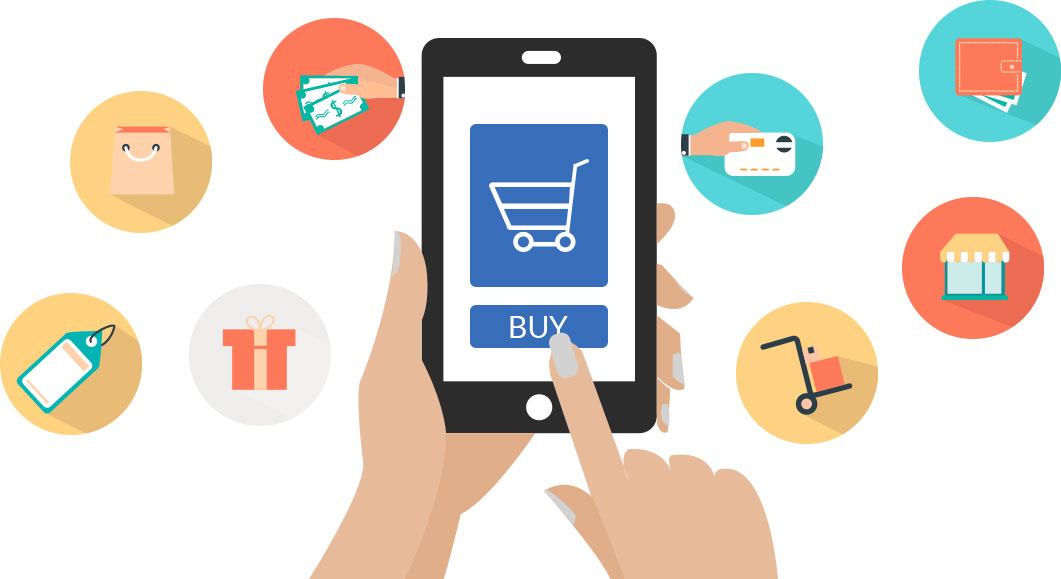
Smartphones have become quite popular in recent times. In fact, it won’t be wrong if we say that mobile traffic has surpassed desktop. Mobile apps that are specially designed for mobiles are at the forefront.
It becomes extremely critical to ensure that while adopting m-commerce in the near future you ensure that is swift and effortless. This means that it should provide mobile-first payment options within the page, enable checkout entry through highly secured payment gateways, provide tailored content, personalize the mobile experience, and many other features.
Remember, if you want to win the race, it is important to do something that is very different from your competitors. This is the secret recipe of success for the future of eCommerce.
Omnichannel is the new normal:
Google’s statistic states that around 85% of online customers begin their shopping on one device and land on another.
So, it might happen that the person might start on Pinterest and end up getting a product from your physical storefront or any other online platform. What this does is it makes you aware that the people who are looking for the products have become smart.
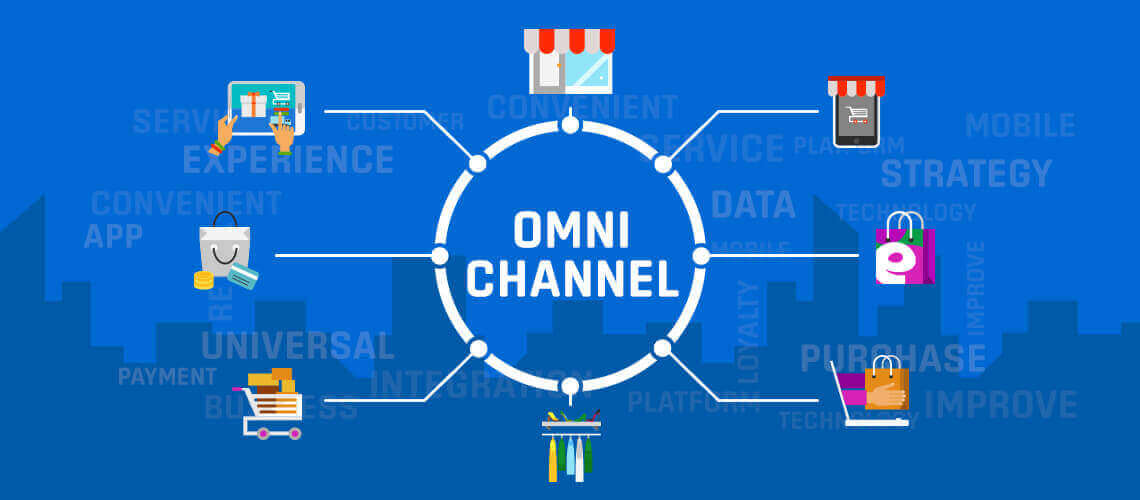
They are not looking specifically for online or offline stores but at the end of the day, they are looking where they can get the best products. This trend has made the developers to align the online and offline sales channels.
This way, the buyer might get to your online store by finding it on Google search results page through organic search. Alternatively, they can even get on your store through a paid advertisement on selected social media platforms.
This way sky’s the limit as far the buyers are concerned. For you, it means that there is a hell lot of competition.
The only workaround to this situation is by ensuring that every chance that you get to interact with your target audience make them feel about your store as a single entity.
You can promote your store through multiple mediums. This is what Omni-channel solution is all about.
The ultimate goal should be: “Be everywhere for everyone”
Keep reading to know which other trends may follow the sequence:
International eCommerce expands to the east:
McKinsey study suggests that 1.4 billion people will join the global middle class by the year 2020. 85 % of them will be in the Asia Pacific region.
- Chatbots: the virtual support service:
It gives a feeling of real human interaction in a written or spoken way. This can help the eCommerce in automating customer service.
- AR and VR: Innovative shopping experience:
The application of AR and VR though may sound the same but they are different. This difference will change the future of online shopping concept.
Imagine a world where virtuality is a reality! Sounds interesting right?
There’s more to expect in the future of eCommerce sector with the drone and droids coming into the market. Each feature and innovations are setting up a new benchmark for the industry to evolve.
Take small and big steps towards progress. Remember, the success road to eCommerce is no more a jargon.

About Author
Harshal Shah - Founder & CEO of Elsner Technologies
Harshal is an accomplished leader with a vision for shaping the future of technology. His passion for innovation and commitment to delivering cutting-edge solutions has driven him to spearhead successful ventures. With a strong focus on growth and customer-centric strategies, Harshal continues to inspire and lead teams to achieve remarkable results.

